(April 27, 1929 — June 29, 2022)
by W. C. Bamberger
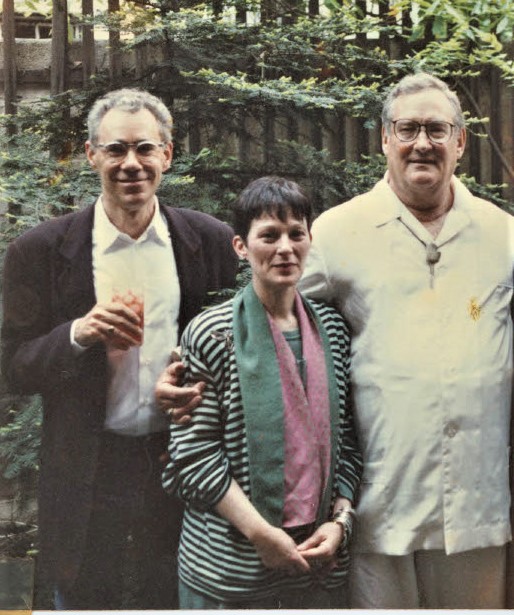
Kenward Elmslie was a lyricist, librettist, poet, novelist, playwright, composer, performer, collage artist, and publisher. When he died in his sleep at his New York City home at ninety-three, he left us more than forty books, chapbooks, and sheet music publications, as well as a generous handful of LPs and CDs of the operas and musicals he helped create. There are recordings and videos of him reading his work and — the true Aleph of Elmslie, in the sense in which Borges used the word: the compact bright point through which an entire world can be experienced — of him singing his poems set to his own melodies. He also left behind countless long-time readers, admirers, and friends. I am fortunate to have been included in these three categories for decades (as well as another category I'll come to).
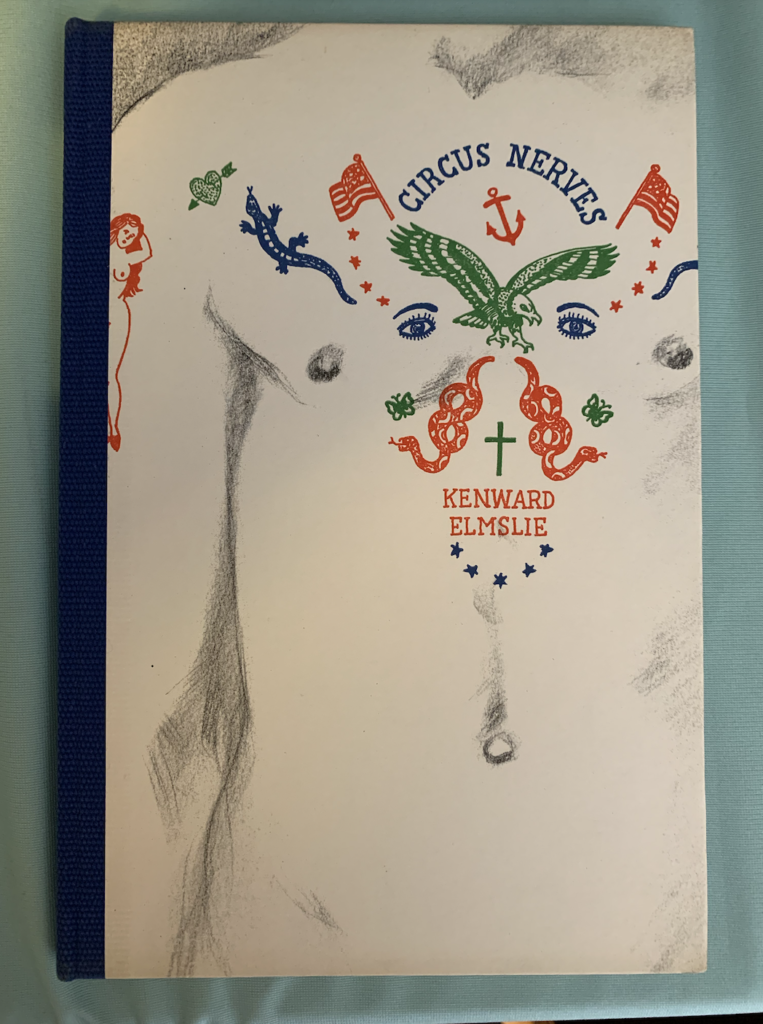
A typical early-1970s college student (photo of Franz Zappa taped to the gas tank of my motorcycle), I spent more time in the library stacks than in classes. There I found Elmslie’s Circus Nerves (Black Sparrow Press, 1971). (Its cover is also the first time I remember encountering the up-and-at-'em artwork of Joe Brainard). The opening poem, "Ancestor Worship," was almost unintelligible to me, and struck me as brilliant; its vocabulary included technical jargon, corny slang, abbreviations, and coming-attraction-style hyperbole. "Communique for Orpheus," with its recurring "My Army" variations — "My Army loves you, I think," "My Army feels sick today,"
My Army likes you so much.
If state secrets arrive
in food, lightbulbs, street refuse
thank the spies
who vie with each other for blueprints.
Who envy the corridor-like structure
Of your chicaneries.
— was simultaneously zany and unexpectedly affecting, my first-read-through favorite.
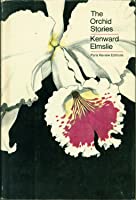
In 1973 I came across (in a different library) The Orchid Stories (Doubleday/Paris Review Editions, 1973), which, despite its title, is a novel. I found Elmslie's prose here at least as astonishing as his poetry, though the distinction is often inapplicable to his work: "I'd lie down and reach for my innertube coil, and begin dredging for prophecies, all the while looking for puffs of steam that inched their way across the gymnasium ceiling — actually clouds made by a sonic theatre machine manipulated by our teacher, Miss Hinckle." (A chapter from the novel-in-progress was included in The Ruins of Earth, a 1971 anthology of "Stories of the Immediate Future," edited by New Wave science fiction author Thomas Disch.) I continued to seek out and read all the Elmslie I could find. I learned that he had written librettos for operas, and the "book" (whatever that was) and lyrics for musicals, but as a despiser of both forms I ignored that fact.
In 1984, when I finally found full-time work (in a position typical of MFA grads — night janitor for a school district), I started my own small press. After publishing William Eastlake, Ishmael Reed, and Steve Katz, I wrote Elmslie asking if he had anything he would be willing to let me publish. Upshot: in 1987, I became a member of a select category: those who published Kenward Elmslie. This revised edition of his 1972 play City Junket included a few pages of transcribed music and yet another beautiful cover by Joe Brainard. (Thirty-five years on, the original drawing for this still hangs in my living room.) A half-decade later I published Pay Dirt, a selection of the black and white comics the two had collaborated on beginning in the 1960s.
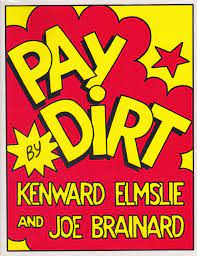
My long-time hunting and gathering activities eventually begat the ambition of assembling a bibliography of Kenward's work. This led to my first visit with him in New York City; I stayed in a guest bedroom (with art on the walls by Larry Rivers, Joe Brainard, Trevor Winkfield, and more); went through Kenward's bookshelves; asked questions about Z Press, of which he was editor and publisher; visited a theater archive at the Lincoln Center; met with some of Kenward's collaborators (not one, but two doormen escorted me to the door of an apartment in a deluxe high-rise near the UN), and more. During the day, we went our separate ways, but we would have dinner together, with other invited guests.
Listening as Kenward told stories from the head of the table, I could clearly see how important his theater works were to him. He had originally not been a fan of opera. Then, in 1954, composer Jack Beeson asked him to write a libretto about Amy Semple McPherson. The opera, The Sweet Bye and Bye, was staged four years later, and Kenward warmed to the form, going on to write the librettos for Lizzie Borden (with Beeson), Miss Julie (with Ned Rorem), and Washington Square and Three Sisters (both with Thomas Pasatieri). The wide range of sources here—a controversial evangelist, an ax murderess, Strindberg, Henry James, and Chekhov—only hints at Elmslie’s omnivorous interests.
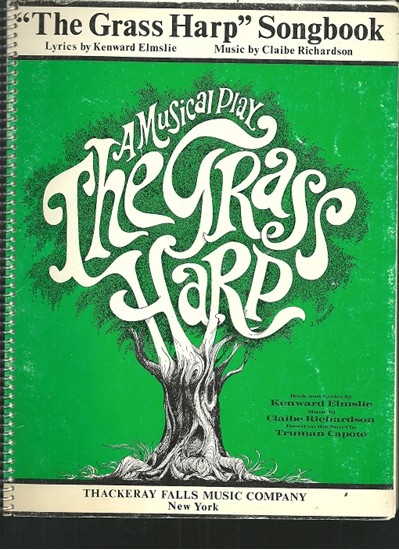
Kenward had enjoyed musical theater since his youth, and he worked on (and in) musicals of scales both large and intimate his entire career. His most high-profile work in this genre is The Grass Harp, from Truman Capote's novella. At one point he and composer Claibe Richardson flew to Brazil to audition the musical for Peter Pan-originator Mary Martin, with Richardson at the piano and Kenward "belting out" (as he put it) all the parts. Martin politely declined. The Grass Harp finally made it to a New York stage in 1971 — and closed after seven performances. Poetry was not abandoned, thankfully; this was also the year in which both Circus Nerves and the Frank O'Hara Award-winning collection Motor Disturbance were published.
From Kenward's tales, it was clear that in addition to enjoying the excitement (and headaches) of collaborating with composers, auditioning for backers, and dealing with drunken divas in rehearsals, all the clichéd show-biz antics exhilarated him, because they offered an alternative to the static hours of writing alone in a room. Kenward needed both kinds of experience, and his poetry and prose, I came to recognize, combined the two worlds. This unusually wide bandwidth was one source of their unique power. Attempting to overcome my genre-aversions, I found and listened to recordings of his operas and musicals; attended, in 1986, the world premiere production of Three Sisters, in Columbus; even, in 1992, published Postcards on Parade, a comic/tragic musical he had written with musician Steven Taylor.
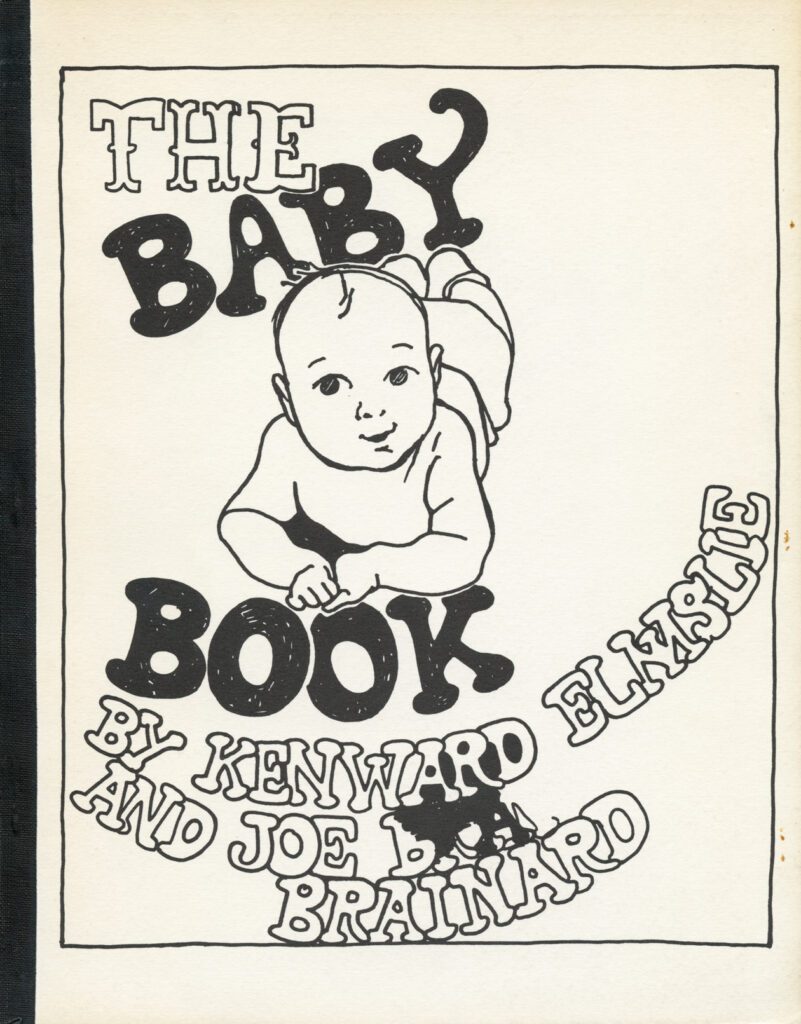
Kenward found ways to bring this collaborative excitement into his writing, as well. Beginning in 1965 with The Baby Book (Boke Press), a parody of such volumes with drawings by Joe Brainard, he frequently worked with visual artists. These were true collaborations rather than the usual dynamic of an artist acting the subordinate role of illustrator of a writer's finished text. When Kenward was working with Brainard or Ken Tisa or Trevor Winkfield, a page might inspire a drawing, a painting provide the elements for a poem. The monumental 26 Bars (Z Press, 1987), with Donna Dennis, grew out of a tipsy joking conversation at a party on the subject of eccentric drinking establishments. Morning and sobriety only burnished the thought, and over the course of many months the pair created an alphabet of imaginary bars, from "Amazon Club" to "Zanzibars" — the writing sometimes coming first and inspiring a drawing or watercolor, while other times Dennis's art came first. The first years of the new century saw Kenward publishing a pack of his postcard collages, and three art and text collaborations with Trevor Winkfield.
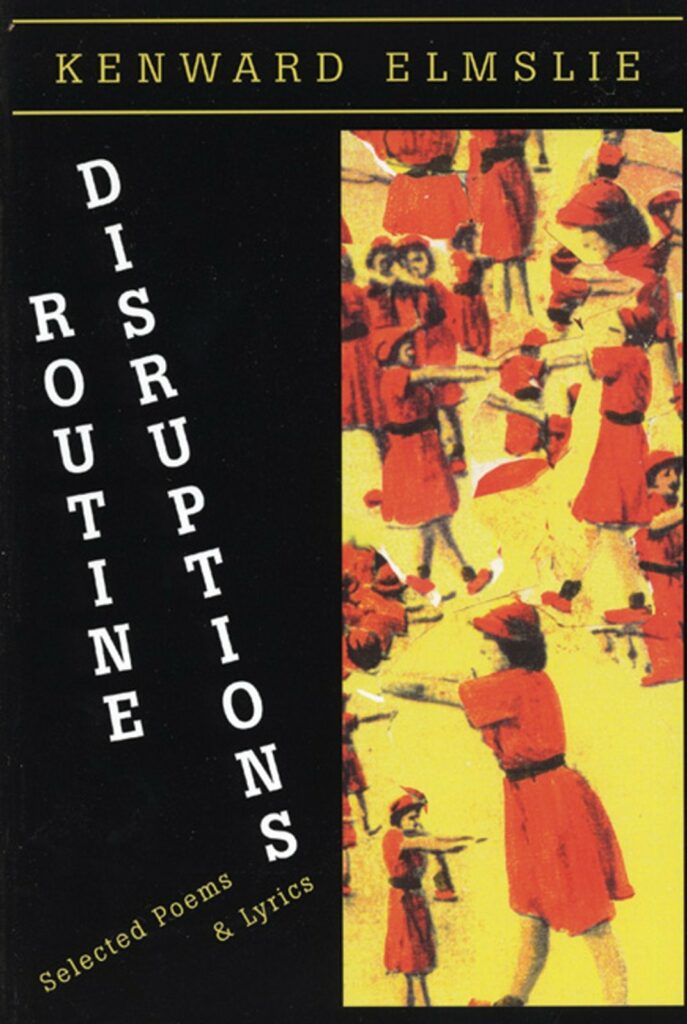
In the late 1990s, I was asked to edit a "Selected Poems & Lyrics" from Kenward's works. In assembling this — published in 1998 by Coffee House Press as Routine Disruptions — I tried to show Elmslie’s range, in form, across media, and, most importantly for me, his range of emotional complexity. I included light poems, songs, dense formal experiments, and works that combine them: "Girl Machine" is laid out on the page in imitation of the famous overhead shots of dancers in Busby Berkeley musicals. I included some straightforward poems too, such as "White Attic" (1967), with its lovely last stanzas:
when it came I grew
moved to two rooms in town
where I reach out at night
and bat the far air
— and many denser ones, including "Easter Poem for Joe '79," this from its second stanza:
Jane Fonda, so soon.
Meltdowns, daffs in prissy clumps
growing out of hallowed Loew's Sheridan soil.
I'm a mixed-layer micro-organism myself,
skating over the imbedded conning tower,
prone to clayey metamorpho—
have media habit bad.
I included "Champ Dust" (1994), Kenward's long prose poem of hurt and fathomless loss following the death of Joe Brainard:
Lost boy, hunched over all gauche, clutching gloopy entrails "wha' won't stop emigrationing" — read-outs of what's to come, glistening configurations slipping through our fingers fast.
Of course, no "Selected," however wide-ranging, can capture any poet complete. To fully appreciate Kenward Elmslie's achievement, its depth, its mixed-layer read-outs, its sonic theater machinery, we have to follow the corridor-like structures of his chicaneries through all their forms.
Unfortunately, much of Kenward's work (including the books I published) is now out of print. My advice: Seek out his books, read and re-read them, find the vinyl if you can (hear Estelle Parsons belting out "Bang-Bang Tango"), watch his videos online. Look, for example, for him singing his "Who'll Prop Me Up in the Rain?":
What I want to know is:
When I'm dead and gone.
Who'll prop me up in the dawn?
Kenward Elmslie has now gone off into the far air, but he has left riches behind, and more so than any other writer I've read, the wider your experience of his arts, the richer each work becomes.
Rain Taxi Online Edition Summer 2022 | © Rain Taxi, Inc. 2022
